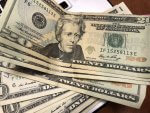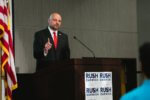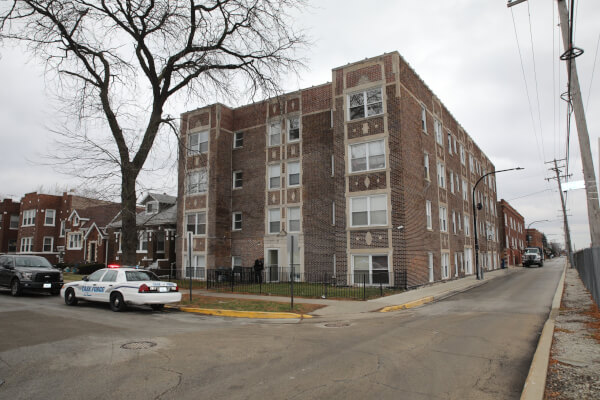Pappas: Which properties have the biggest property tax increases since 2000? If you didn’t vote … Don’t complain
Cook County Treasurer Maria Pappas today released a study which reveals the properties in Chicago and the suburbs with the largest property tax increases since 2000, dramatic examples of how the tax burden has soared on homeowners and businesspeople.
Called “The Top 50,” the report lists the 50 Property Index Numbers (PINs) with the largest tax increases from 2000 to 2019 in Chicago and the suburbs, both residential and commercial. The report is a new chapter in “The Pappas Study,” an unprecedented study that shows the county’s tax bills virtually doubling over 20 years, an increase that is nearly triple the 36 percent rise in the cost of living index.
“If you don’t exercise your right to vote, then you have no right to complain about how property taxes have climbed since 2000,” Pappas said, noting the low percentage of the voting-age population that participates in elections.

“The Pappas Study” is dedicated to former Chicago Tribune editorial page editor John McCormick and former editor R. Bruce Dold for their tireless efforts to make Chicagoland a better place to live.
According to the Top 50, the residential properties with the largest property tax increases from 2000 to 2019 are:
• In Chicago, a condominium on East Lake Shore Drive, where the tax bill jumped 1,890 percent, from $6,731.71 to $133,954.83
• In the suburbs, a two-story residence on Ardsley Road in Winnetka, where the tax bill grew 1,174 percent, from $53,014.39 to $675,486.36.
The commercial properties with the largest property tax increases from 2000 to 2019 are:
• In Chicago, an office building at 300 E. Randolph St., where the tax bill rose 141 percent, from $8,140,176.71 to $19,599,942.28
• In the suburbs, a shopping center at 1000 E.Woodfield Road, Schaumburg, where the tax bill rose 53 percent, from $12,847,013.47 to $19,633,920.16
“There is a solution to the problem of skyrocketing taxes,” Pappas said. “Vote!”
Less than 29 percent of the voting-age population in the Chicago has cast ballots in elections held since 2011, Pappas said. In the suburbs, the percentage is just 26 percent.
“Too many people are voting with their feet instead of at the ballot box,” Pappas said. “If you don’t hold elected officials accountable, then you only have yourself to blame,” she said.
20-year tax history search added to cookcountytreasurer.com
Every property owner can see how much their property taxes have grown over 20 years by visiting cookcountytreasurer.com. Just follow these steps:
• Select the purple box labeled “Your Property Tax Overview”
• Enter your address or Property Index Number (PIN)
• Select the tab on the left that says “20-Year Tax Bill History”
• See an interactive map that shows how property taxes billed have increased in Chicago wards and suburbs since 2001
The Top 50 report also breaks down the 50 largest residential and commercial property tax increases in each of Chicago’s wards.
The report analyzed the property tax bills for PINs which did not change property tax classifications from 2000 to 2019. For residential properties, the report analyzed properties with only a Homeowner’s Exemption and excluded properties with other property tax exemptions, such as the Senior Citizen Exemption, which affect the change in tax bills.



























